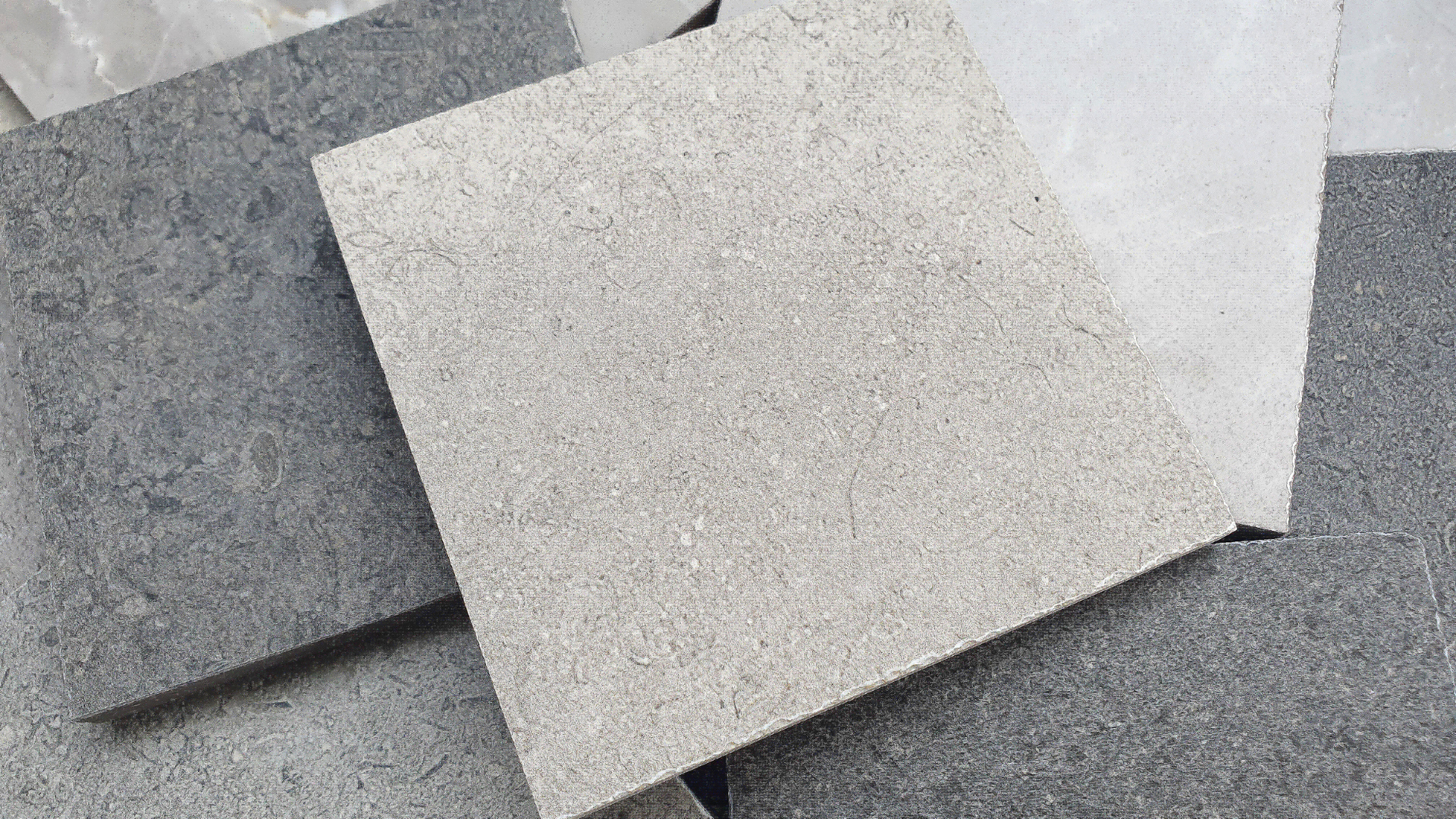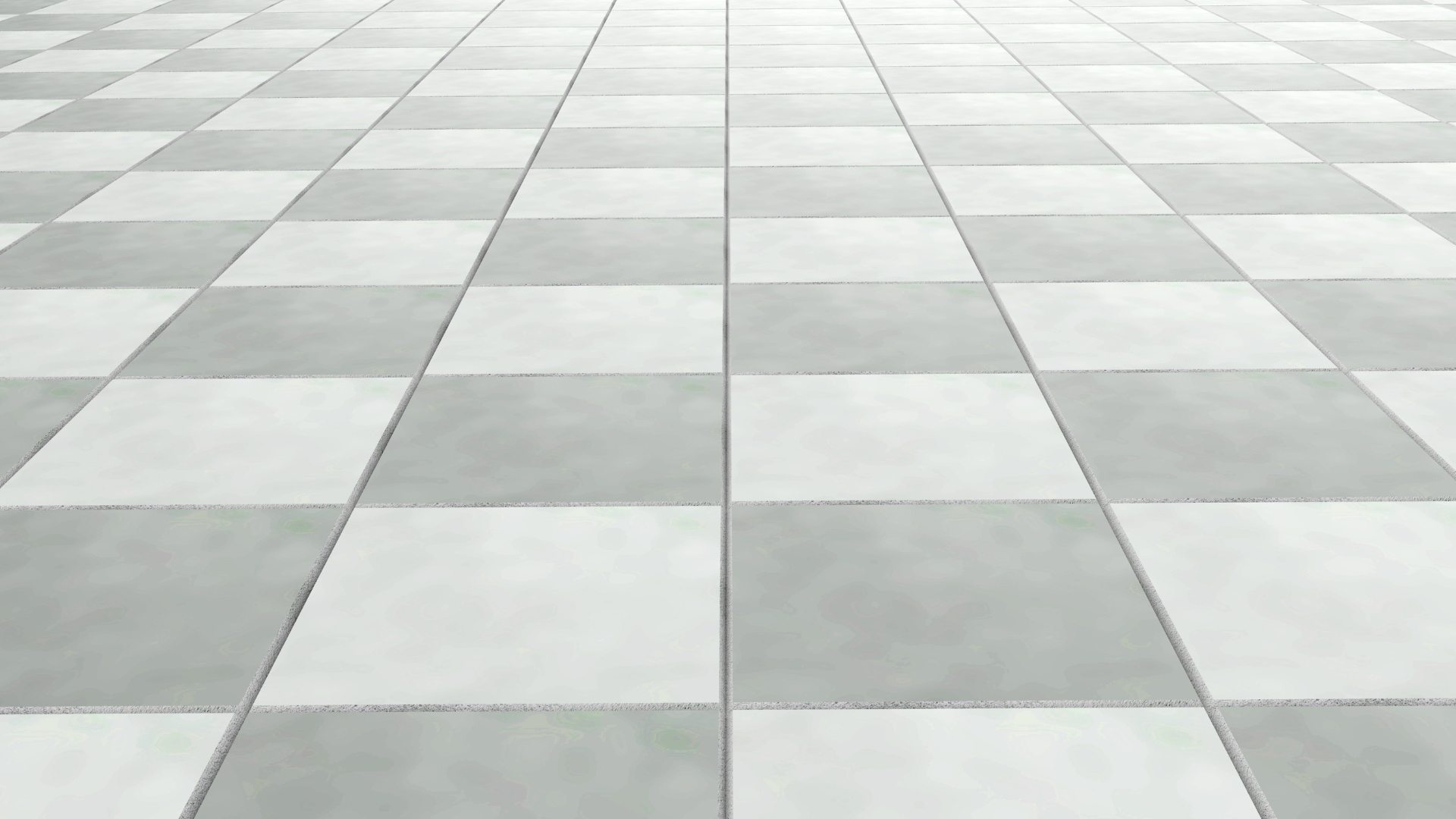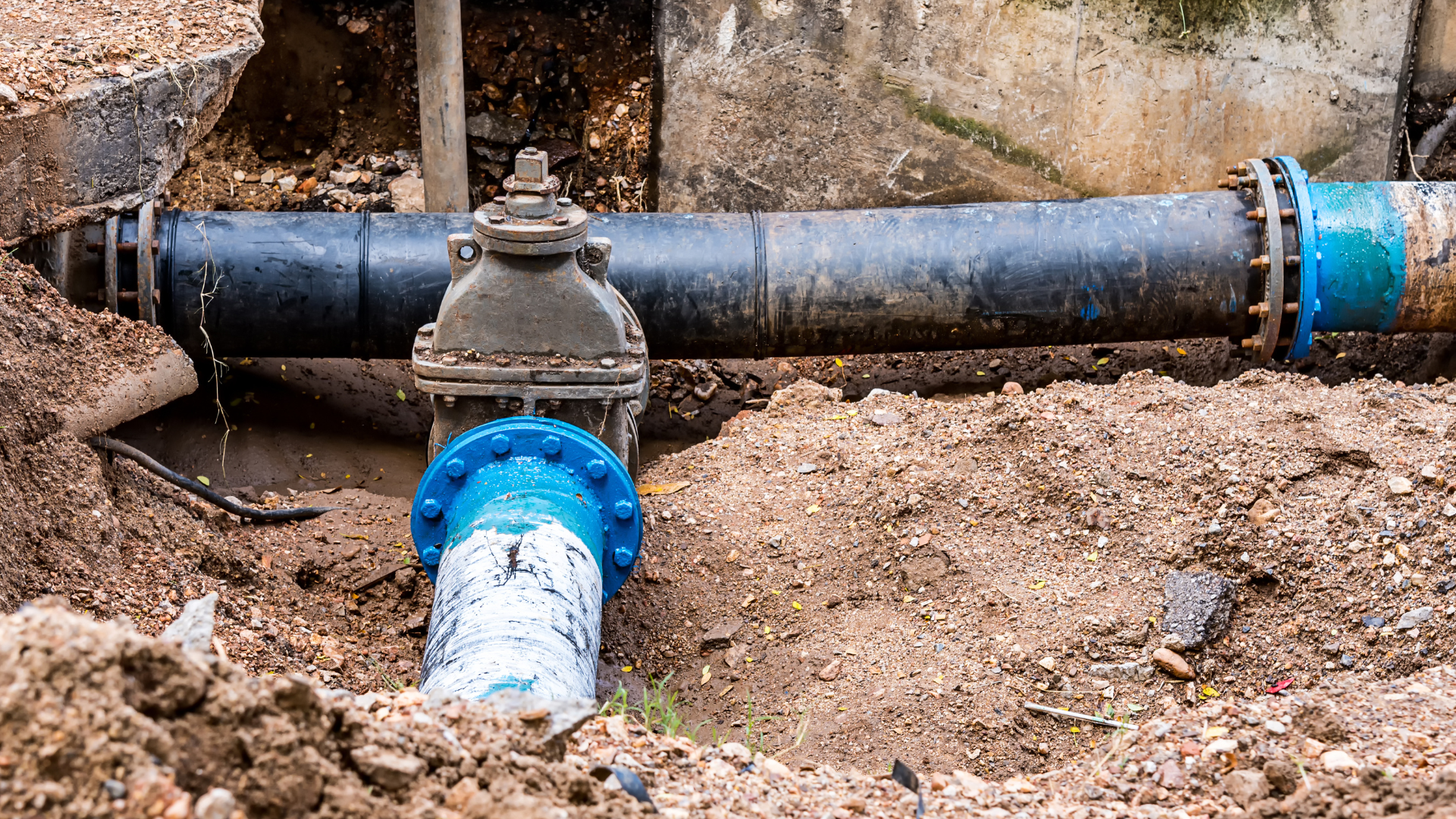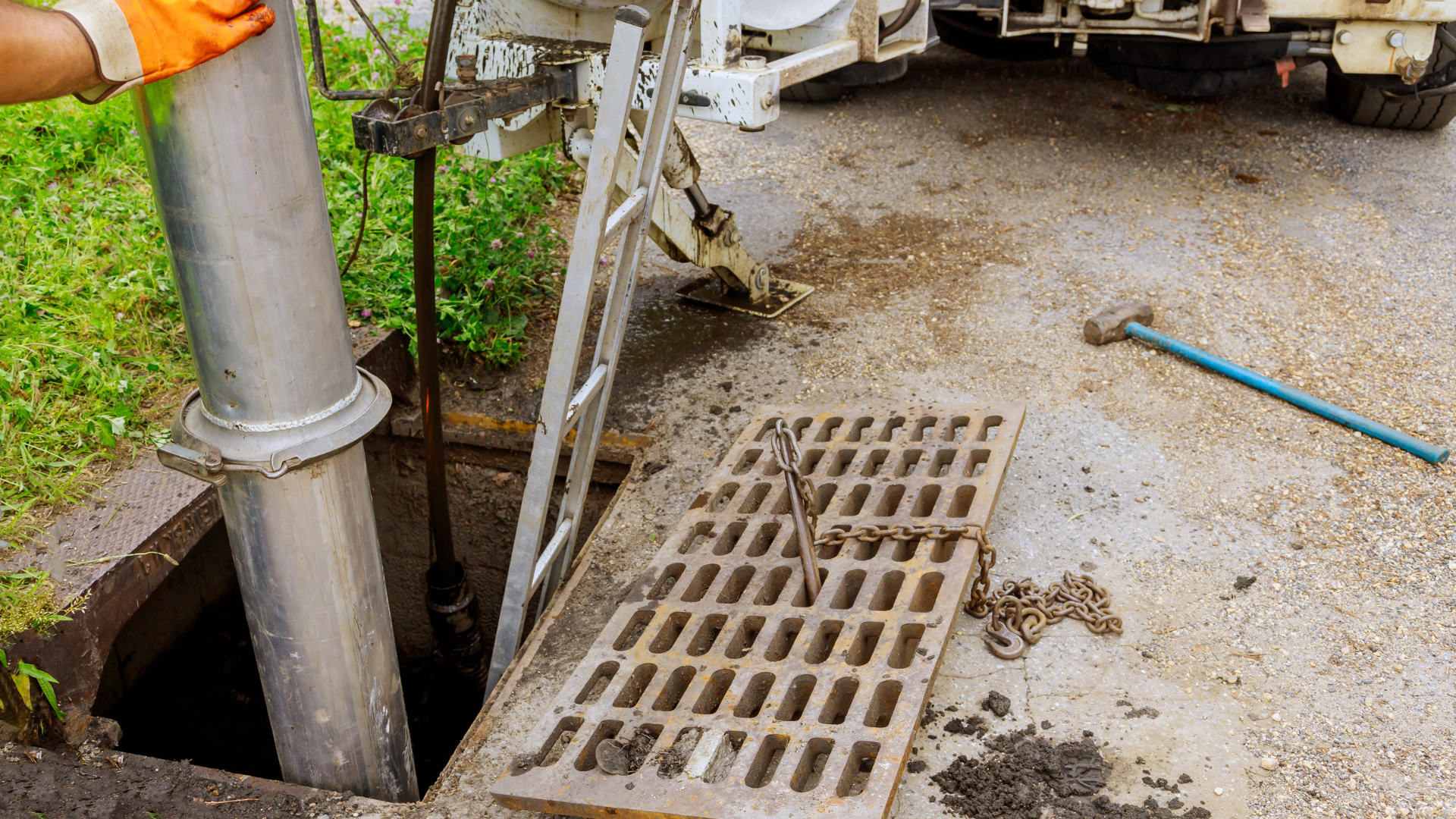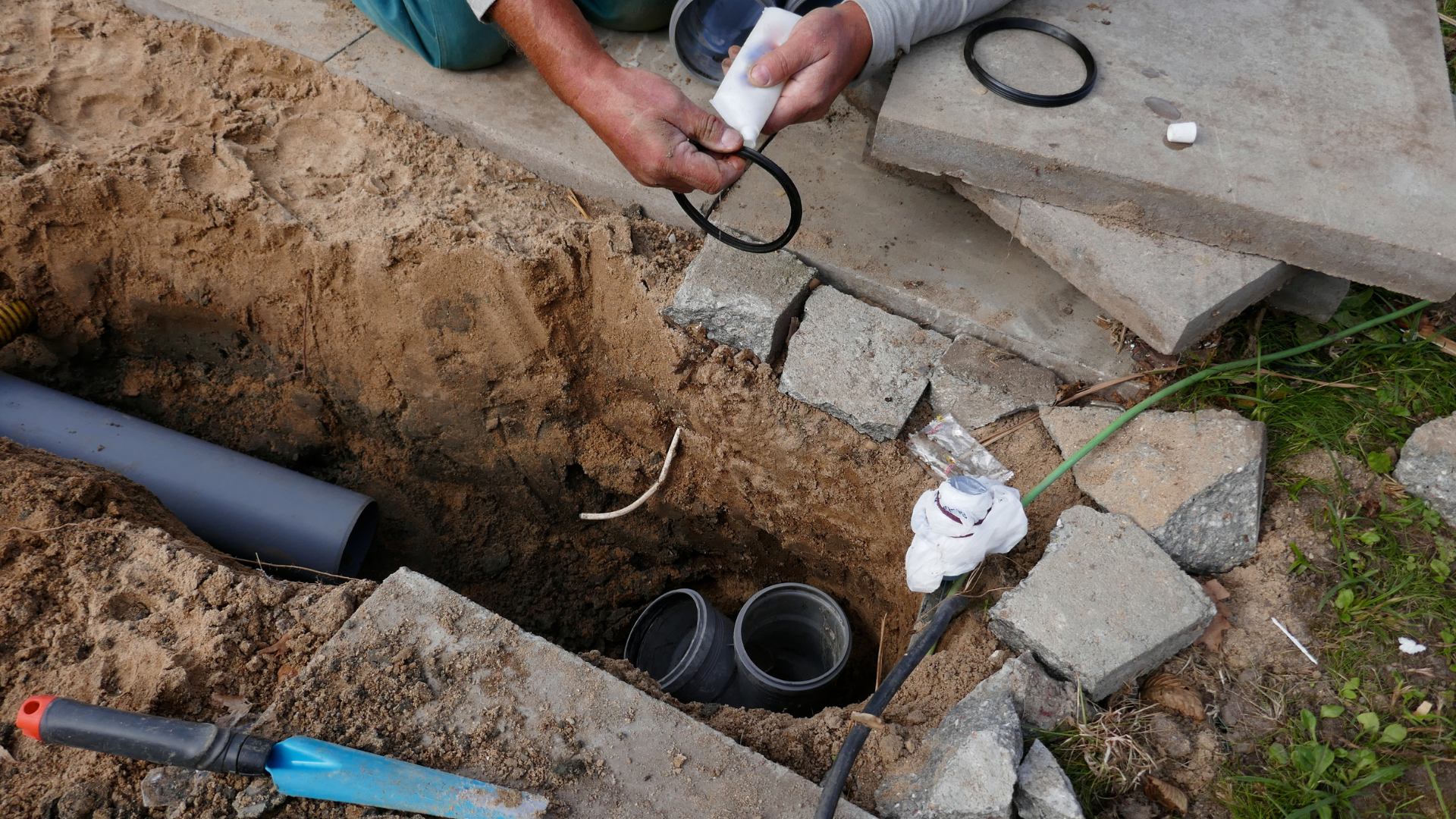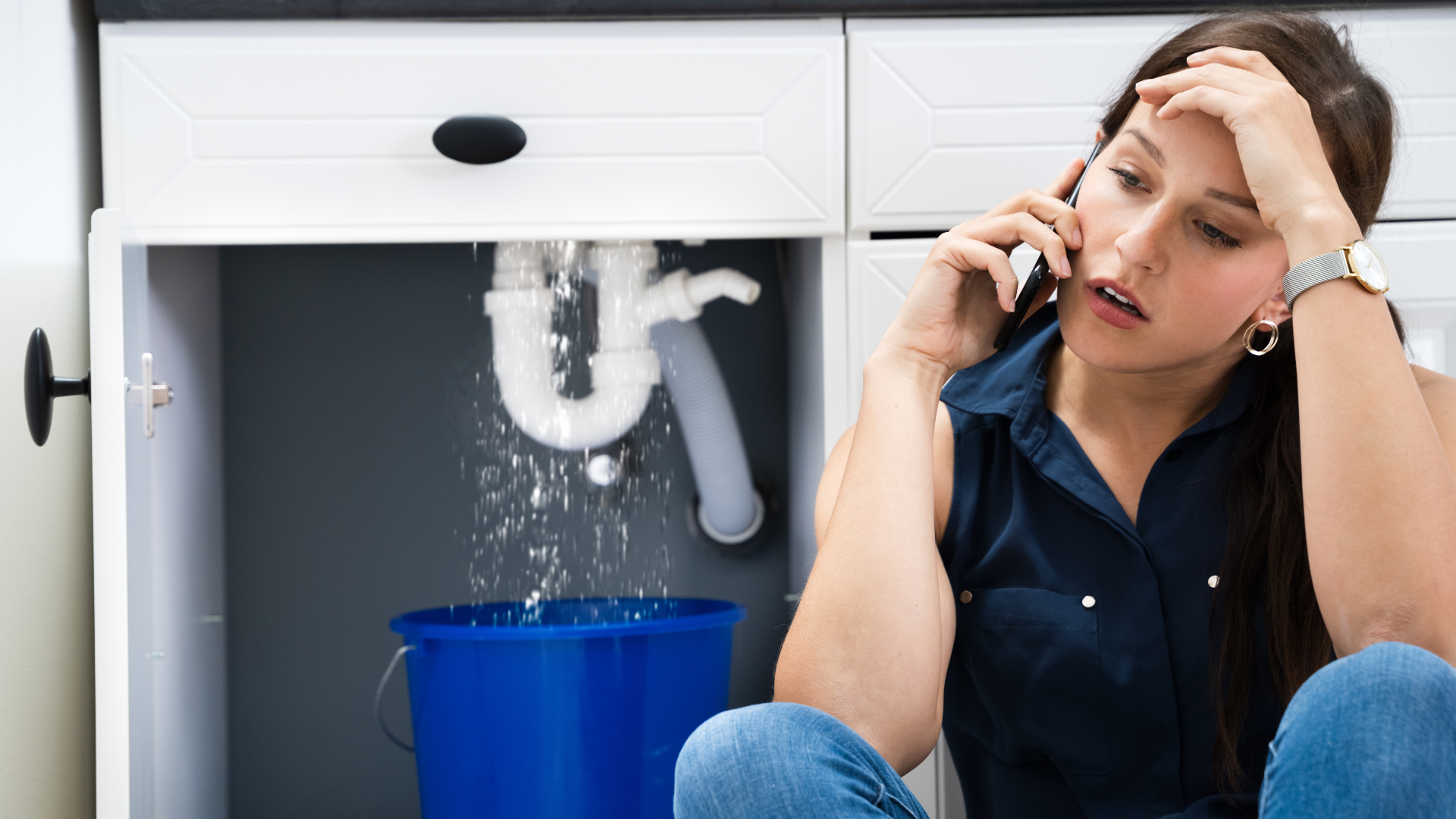How to Handle Water-Damaged Drywall in Northern Virginia: A Step-by-Step Repair Guide

Water damage is one of the most common and damaging problems homeowners face, particularly in areas like Northern Virginia, where heavy rains and snowstorms are frequent. Water can seep into your drywall, causing stains, warping, and even mold growth. If you’ve experienced water damage in your home, it's crucial to address it quickly and efficiently. This blog will guide you through the process of repairing water-damaged drywall in Northern Virginia, helping you restore your home and protect it from further issues.
1. Identifying Water Damage in Drywall
Before you begin your repair, it’s important to properly identify the extent of the water damage. Common signs of water-damaged drywall include:
- Discoloration or stains: Yellow or brown stains on the drywall are a clear indicator of water damage.
- Soft or sagging drywall: If the drywall feels soft to the touch or sags, it’s a sign that the material has absorbed water.
- Mold or mildew growth: Water damage can lead to mold growth, which may appear as dark spots or a musty smell.
2. Assessing the Source of the Water Damage
Once you’ve identified water damage in your drywall, it’s essential to find and fix the source of the leak before proceeding with repairs. In Northern Virginia, common sources of water damage include:
- Leaky roofs: Roof leaks often cause water to seep into walls and ceilings.
- Plumbing issues: Burst pipes or faulty plumbing can lead to water leaking into drywall.
- Window leaks: Poorly sealed windows can allow water to infiltrate the walls.
Addressing the source of the water damage is crucial to prevent future problems. If you’re unable to identify the source or if the issue is significant, it’s recommended to consult with a professional plumber or roofer in Northern Virginia.
3. Drying Out the Water-Damaged Area
Now that you have your tools ready, it’s time to get started with your drywall repair. Here’s a step-by-step guide for repairing holes, cracks, and other damage in your drywall:
- Step 1: Clean the Area: Remove any loose debris around the damaged area. For larger holes, use a utility knife to trim away any jagged edges.
- Step 2: Apply Joint Compound: For small holes, simply apply a layer of joint compound or spackle using your putty knife. For larger holes, you may need to insert a patch before applying compound.
- Step 3: Smooth the Surface: Use your putty knife to smooth out the compound, making sure it’s level with the surrounding drywall.
- Step 4: Sand the Surface: Once the compound has dried (usually 24 hours), use sandpaper to smooth the surface.
- Step 5: Prime and Paint: After sanding, apply primer to the repaired area and let it dry. Once dry, paint over the area to match the rest of the wall.
4. Step-by-Step Guide to Repairing Water-Damaged Drywall
Once the affected area is dry, follow these steps to repair the drywall:
- Step 1: Cut out the damaged drywall: Use a utility knife to remove the water-damaged sections of drywall. Be sure to cut several inches beyond the visible damage to ensure that all affected areas are removed.
- Step 2: Install a new drywall patch: Cut a piece of drywall to fit the hole, and attach it using drywall screws.
- Step 3: Apply joint compound: Cover the seams with joint compound and smooth it out with a putty knife.
- Step 4: Sand and prime: Once the joint compound has dried, sand the surface smooth and apply primer to the patched area.
- Step 5: Paint: After the primer has dried, paint the repaired area to match the surrounding wall.
5. When to Call a Professional for Water-Damaged Drywall Repair in Northern Virginia
If the water damage is extensive, or if mold is present, it’s best to call a professional for drywall repair in Northern Virginia. A professional can assess the damage, find the root cause, and ensure that all repairs are done safely and correctly.
6. Preventing Future Water Damage
To avoid future water damage, consider these prevention tips:
- Maintain your roof: Regularly inspect your roof for leaks or damage.
- Check plumbing: Have your plumbing inspected to catch any issues before they cause damage.
- Seal windows: Ensure that windows are properly sealed to prevent water infiltration.
Final thoughts
Repairing water-damaged drywall is essential for maintaining the structural integrity of your home in Northern Virginia. By following these steps and addressing the source of the water damage, you can restore your walls and protect your home from further harm. If you’re unsure about the repair process or need assistance, don’t hesitate to call a professional drywall repair service in Northern Virginia.
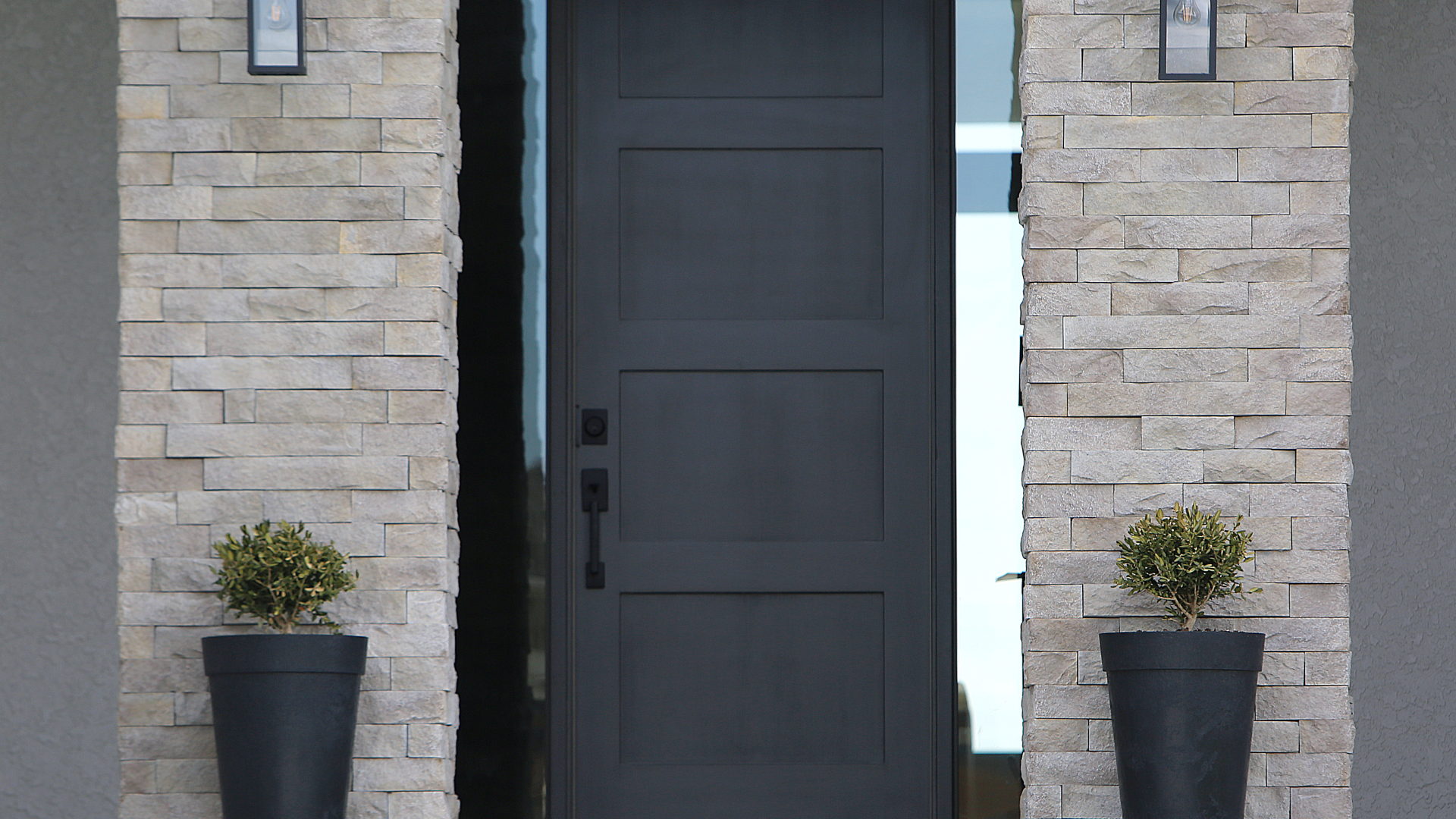

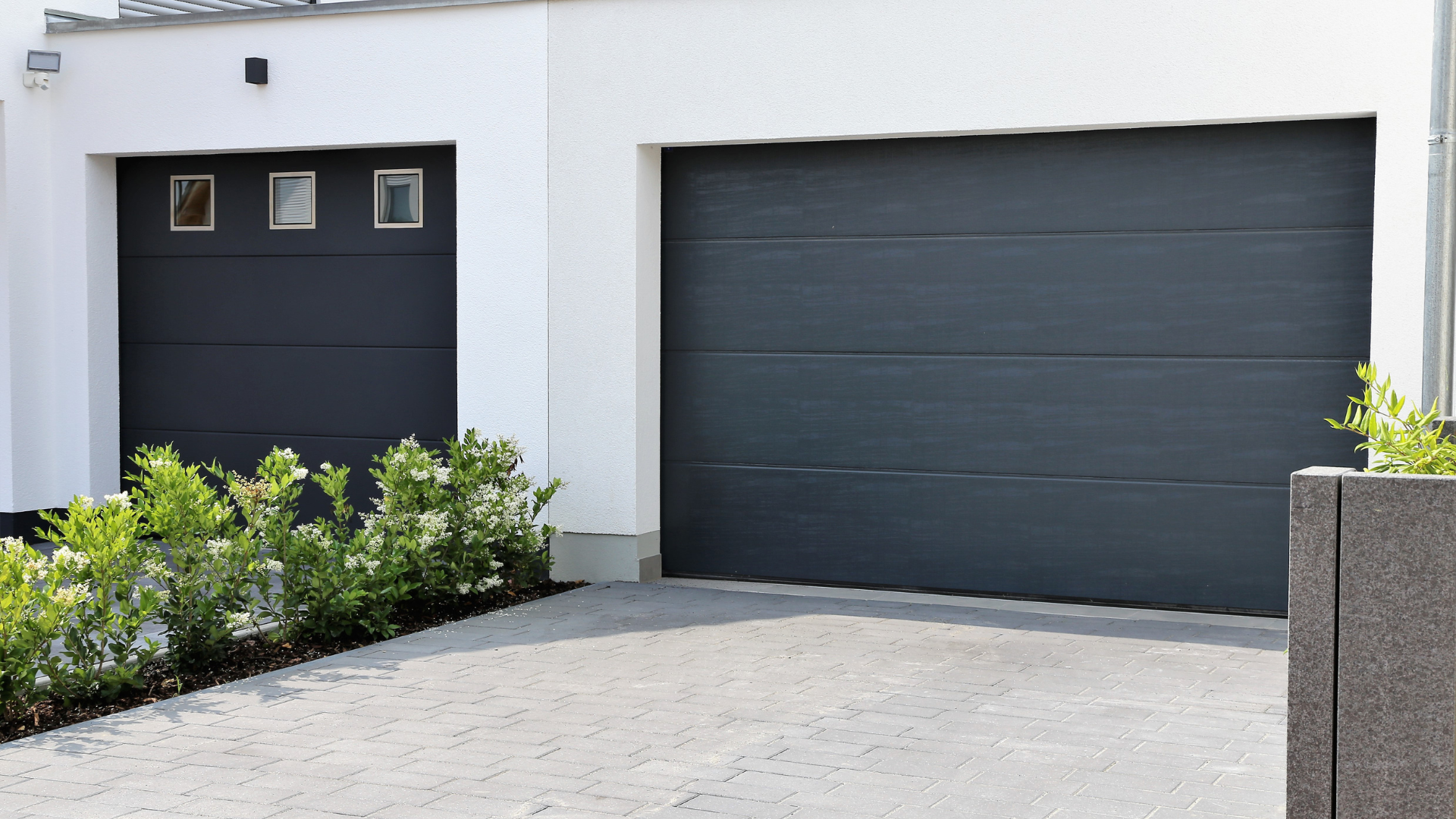
Why Windows and Doors Installation and Repair Services Are Essential for Your Northern Virginia Home
